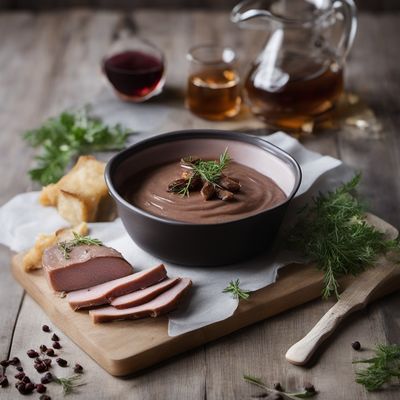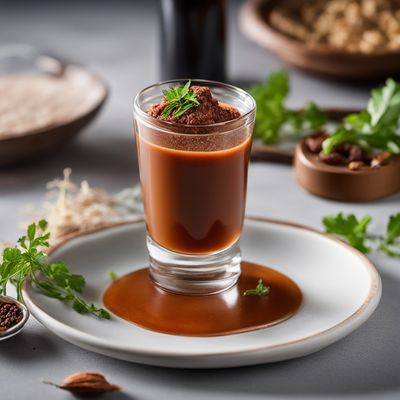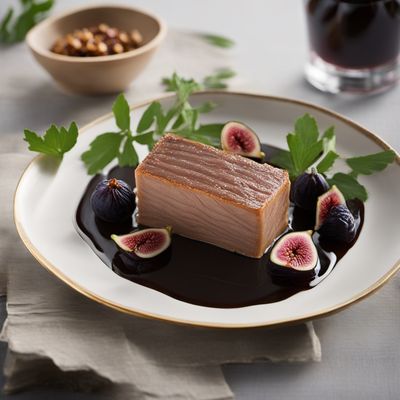
Ingredient
Duck liver
The Delicate Delight: Exploring the Richness of Duck Liver
Duck liver is characterized by its smooth and velvety texture, with a rich and buttery taste. It has a deep, earthy flavor that is both savory and slightly sweet. The color of duck liver ranges from pale pink to deep reddish-brown, depending on the diet and breed of the duck. It is often described as having a melt-in-your-mouth quality, making it a sought-after ingredient for creating decadent dishes.
Origins and history
The consumption of duck liver dates back to ancient times, with evidence of its consumption found in ancient Egyptian and Roman civilizations. The technique of force-feeding ducks to produce foie gras originated in ancient Egypt and was later perfected by the Romans. Foie gras gained popularity in France during the Middle Ages and has since become an integral part of French cuisine. Today, it is enjoyed in various forms and preparations around the world.
Nutritional information
Duck liver is a nutrient-dense ingredient, rich in vitamins A, B, and iron. It is also a good source of protein and healthy fats. However, it is important to note that duck liver is high in cholesterol and should be consumed in moderation.
Allergens
Duck liver may pose a risk for individuals with allergies to poultry or duck products.
How to select
When selecting duck liver, look for fresh, plump livers with a smooth and unblemished surface. Avoid livers that have a strong odor or appear discolored. Opt for livers from ducks that have been raised in a humane and ethical manner.
Storage recommendations
Fresh duck liver should be stored in the refrigerator and consumed within a few days. To extend its shelf life, it can be vacuum-sealed and frozen for up to three months. Thaw frozen duck liver in the refrigerator before use.
How to produce
Producing duck liver requires specialized techniques and is typically done by professional farmers or producers. It involves the process of force-feeding ducks to stimulate the liver's natural fat storage, resulting in the desired texture and flavor.
Preparation tips
Duck liver can be prepared in various ways, including searing, sautéing, or incorporating it into pâtés and terrines. When cooking duck liver, it is important to handle it gently to preserve its delicate texture. It pairs well with sweet and acidic flavors, such as caramelized onions, balsamic reduction, or fruit compotes.
Substitutions
Chicken liver can be used as a substitute for duck liver, although it has a milder flavor and slightly different texture.
Culinary uses
Duck liver is commonly used to create luxurious dishes such as foie gras terrine, seared foie gras, or incorporated into sauces and stuffings. It is a staple in French cuisine and is also enjoyed in various other culinary traditions around the world.
Availability
Duck liver is commonly available in regions where duck farming is prevalent, such as France, Hungary, and the United States.



